Affordable and high-quality dual band WiFi extenders.
The best dual band WiFi extender can transmit and receive data using 2.4 GHz and 5 GHz frequencies simultaneously or one at a time. It tracks the volume of traffic in the 2.4GHz band and, if it's too loaded, connect your devices to a less loaded 5GHz band.
Selectable or simple dual-band extenders can operate at the same frequency and allow selecting either 2.4GHz or 5GHz at once. Simultaneous models can receive and transmit at 2.4GHz and 5GHz frequencies at the same time, providing two independent and dedicated networks with great flexibility and bandwidth.
When choosing the best dual band WiFi extender, you need to check not only a frequency range but also bandwidth, the strength of a WiFi signal, and data transfer rate. Besides, you need to take into consideration network security settings (security protocols, password setting) and the ways of connecting a signal amplifier.
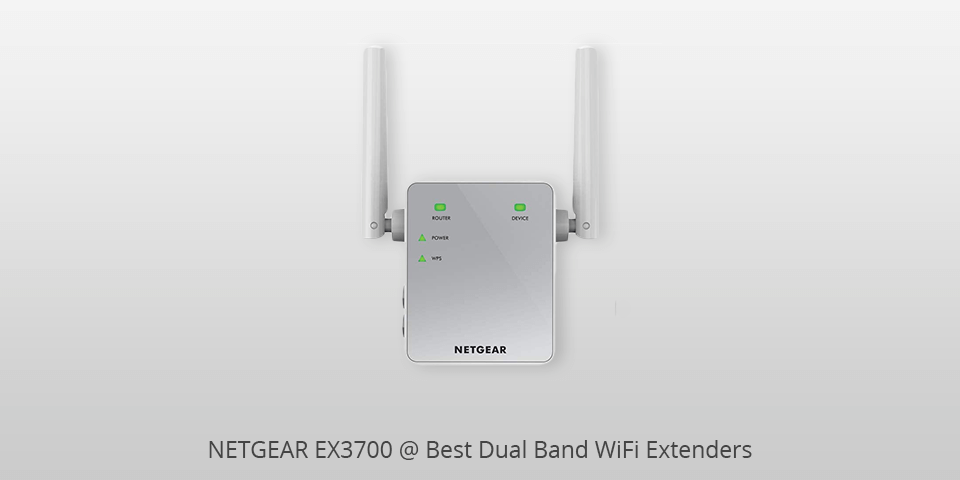
Speed: 1000 Mbps | Coverage: 1640 m | Wireless Type: 802.11a/b/g/n/ac | Weight: 9.6 ounces
The NETGEAR EX3700 is one of the most sought after model when it comes to the best dual band WiFi extender for homes. This extender is compatible with several computers, such as notebook computers, desktop computers, and laptops at the same time. And this wireless device is priced competitively.
It is capable of providing a connection at one hundred megabits per second. It has very stronge signal. This means you won't have to worry about your connection holding up during heavy usage.
The NETGEAR EX3700 allows you to connect to two wireless networks. Two-wire system is the standard in the wireless industry. Dual band extender works very well thanks to 2.4GHz and 5GHz frequencies.
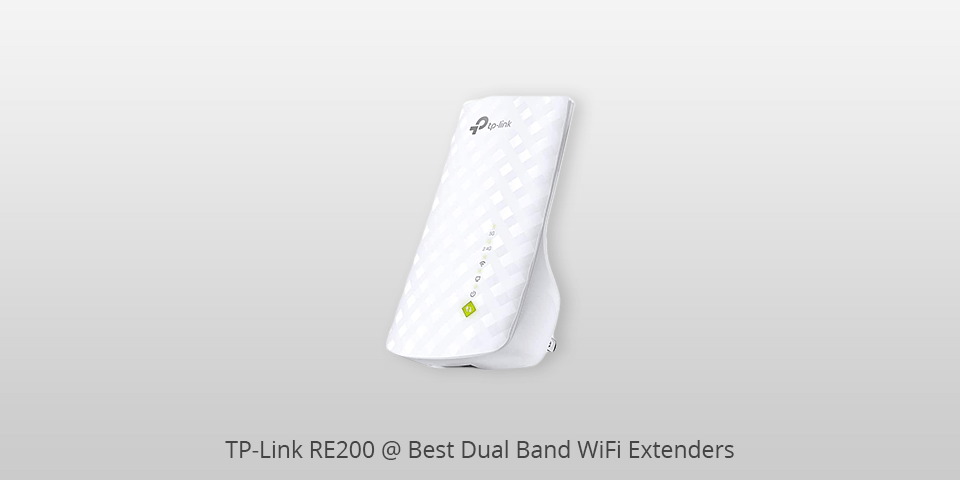
Speed: 750 Mbps | Coverage: 390 m | Wireless Type: 802.11a/b/g/n/ac | Weight: 3.21 ounces
The TP-Link RE200 is one of the latest available wireless routers with great wireless performance and quality. This device is ideal for those who want a wireless router that can easily connect to multiple wireless networks.
It has a USB port. TP-Link RE200 is portable and comes with a carrying case. The WiFi antenna on this wireless router supports two wireless bands, and this device uses convenient two-wire system.
For the most part, the two-wire system is a reliable system that can connect you to a great extent for your work. Therefore, if you are looking for the best dual band WiFi extender that gives you a lot of freedom in setting up your home network, go for the TP-Link RE200.
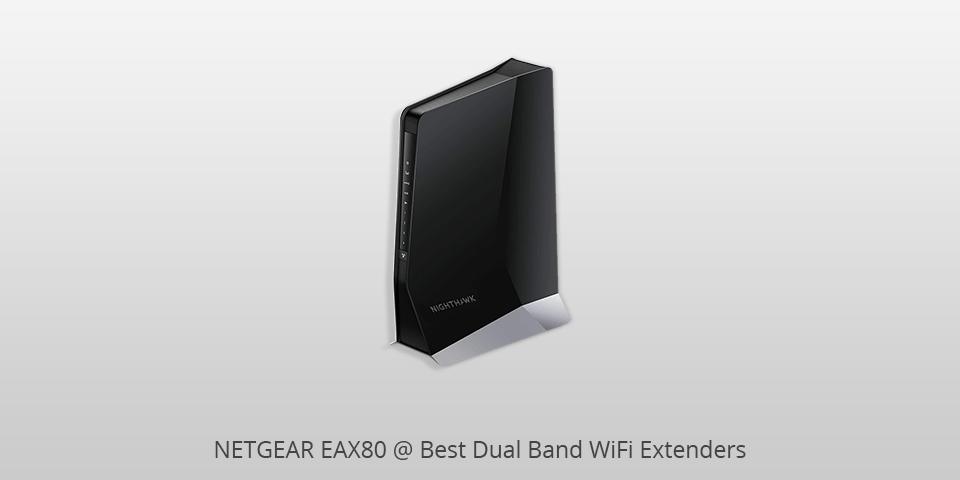
Speed: 6000 Mbps | Coverage: 760 m | Wireless Type: 802.11a/b/g/n/ac | Weight: 48.1 ounces
The NETGEAR EAX80 is among the best dual band WiFi extenders on the market. It is safe and very reliable. Moreover, it has great data download speed.
First and foremost, the ability to work in multiple places at once is one of the main advantages of the NETGEAR EAX80. The ability to be able to set it up in multiple locations makes this device invaluable, allowing you to stay connected in any place.
Another reason the NETGEAR EAX80 extender performed so well is because of the high quality antennas it features. The antennas are quite clear, and they were not overly distracting, because the device is compact and stylish.
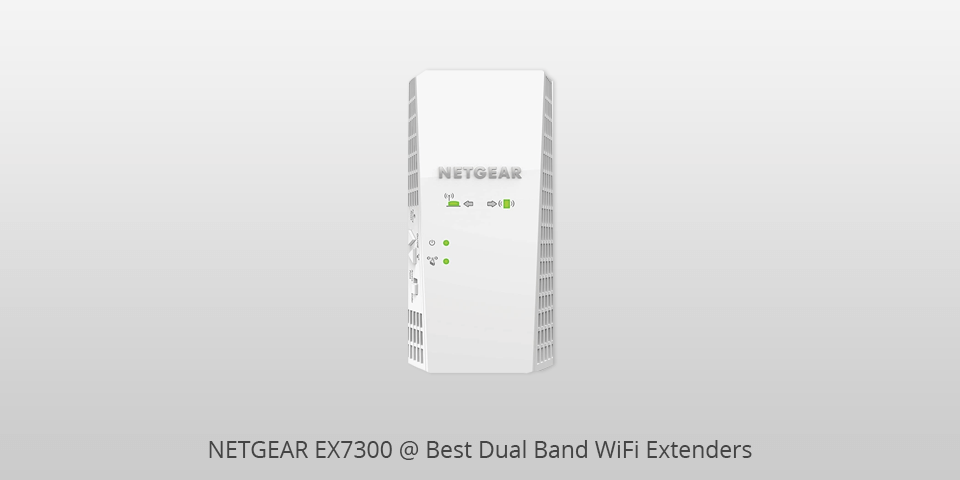
Speed: 2200 Mbps | Coverage: 610 m | Wireless Type: 802.11a/b/g/n/ac | Weight: 10.6 ounces
Thу NETGEAR EX7300 is one of their most popular products because it has everything they need in a wireless router. This type of extender allows you to connect to your WiFi hotspot and use your existing network or secure a secure wireless network of your own.
The mesh networking option has some advantages; the most noticeable is the fact that you do not need to run wires through your house or office in order to connect to your router. The NETGEAR EX7300 does not require the additional expense of WiFi adapters in order to work.
It will help protect your network from anyone that might want to get into your house through your connection. NETGEAR EX7300 has antennas that also were able to keep signal strength consistently.
| IMAGE | NAME | FEATURES | |
|---|---|---|---|

|
NETGEAR EX3700
Wall plug
|
CHECK PRICE → | |

|
TP-Link RE200
Easy setup
|
CHECK PRICE → | |

|
NETGEAR EAX80
30+ devices
|
CHECK PRICE → |
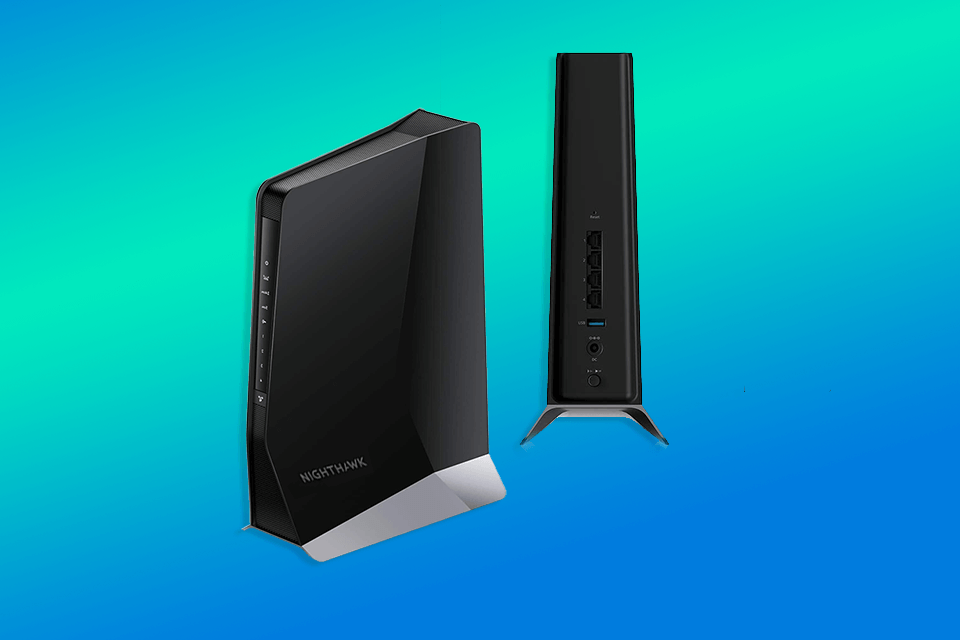
5GHz range supports speeds that are four times higher than those of 2.4GHz frequency. 5GHZ band also offers more channels than 2.4 GHz, reducing interference from other devices. However, it doesn't cope well with walls and interferences in your home.
In addition, 5GHz has a shorter range if compared to 2.4GHz. The higher the frequency is, the shorter its range will be. If you use a lower 2.4GHz frequency, then the distance it covers will be larger than that available over 5GHz. Besides, 2.4GHz can transmit a strong signal to a fairly large area in your home.
Although dual band WiFi extenders have rated speeds of 500, 600, 1200 Mbps and above, real speeds are much lower. Many factors can affect data transfer rate: the age of wiring, the distance between an extender and a router, fluctuations in your home electrical system, and interference from other devices.
Under good conditions, an extender can get about 20% of the rated speed, so choose a model with a higher speed value. Besides, the data transfer rate depends on the frequency range: maximum speeds of 2.4GHz band usually don’t exceed 100 Mbit/s, and 5GHz offers four times higher speed.
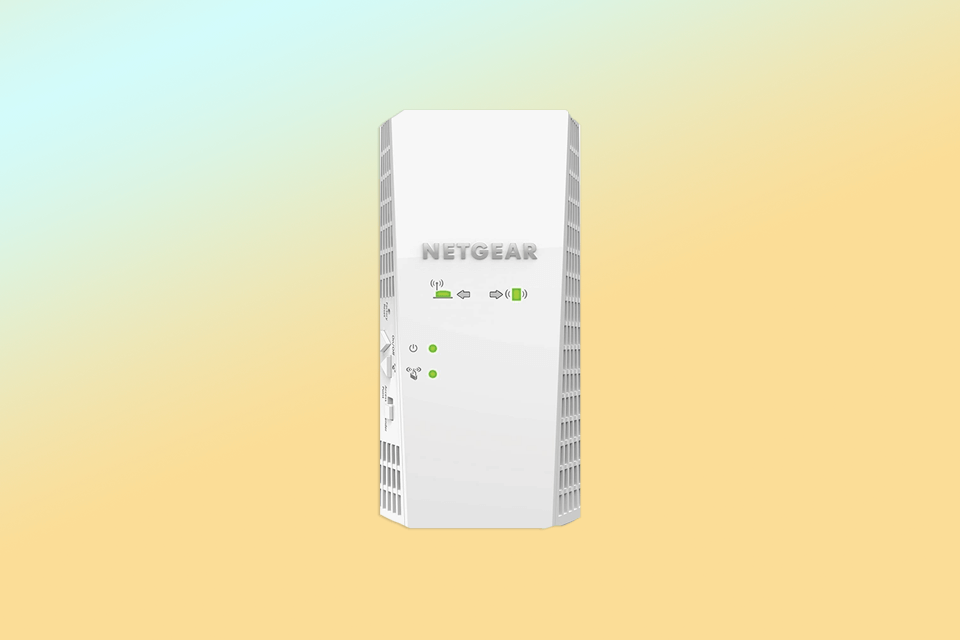
WiFi signal standard is a very important aspect to pay attention to when selecting the best dual band WiFi extender, as it affects the data transfer rate. Older and slower 802.11n repeaters have poor performance, even if they are dual-band and support 2.4 and 5 GHz ranges. This standard is backward compatible with earlier versions of 802.11a/b/g. With MIMO technology its maximum speed may reach up to 600 Mbit/s.
Therefore, it is better to choose an extender that supports 802.11ac. Its bandwidth is from 433 Mbit/s to 6.77 Gbps. MIMO technology was updated to MU-MIMO, and the standard received many improvements: from increased throughput capacity to reduced delays and better performance in dense building environments.
There are internal (arranged in the body of a device) and external antennas. Internal antennas don’t increase the dimensions of a device, but usually, they are less powerful than external models and can be set only in one position. External antennas of a dual-band extender can be rotated or tilted to the desired position.
External antennas can be removable and fixed. Removable models can be replaced with new ones (with higher-gain or another directional diagram) to extend network rage. Therefore, it is better to choose a dual-band WiFi extender with external antennas.